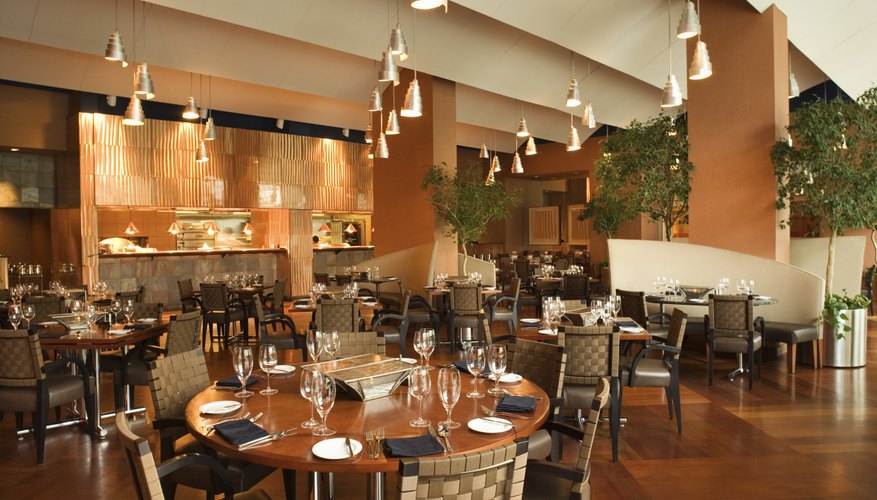As with any market sector, the food industry has variable profit margins depending on market conditions, the sub-sector of the business, local supply and demand and the age and size of the business. To get an idea of the type of margins any food business can expect, it is better to work with the minimum expectation. The profit margins achieved by business that survive through tough periods, like a recession provide a base line for an investor who wants to work out whether a particular food business is a good investment.
Cost structure
The definition of profit margin varies according to a particular business’s cost structure. For example, restaurant businesses look at the “mark up” which is the value added to the raw ingredients when they are presented as a plated meal. This mark up does not include the cost of staff, premises, advertising or supplies like crockery. A food manufacturer looks at its “gross profit.” This is the sales revenue minus the cost of goods sold. “CoGS” includes all costs that went into the production of those goods, including direct labour. It does not include overheads like management costs, distribution or office staff. “Operating profit” includes those overheads.
- The definition of profit margin varies according to a particular business’s cost structure.
Manufacturers
The Grocer is the food industry’s trade paper. Its 2012 survey of the profit margins achieved by the UK’s 150 largest food industry companies gives an idea of how much operating profit manufacturers may expect in troubled times. The average profit margin of the surveys companies was 5.8 percent.
Supermarkets
The Grocer reported that the average food retailer profit margin in 2011/2012 was 4.8 percent, although Waitrose achieved a margin of 5.4 percent. Profit margins in The Grocer’s survey reached as high as 32 percent for some localised retailers --- specifically the Lincolnshire Co-op and Anglia Co-op. The nation’s biggest food retailer in 2011/2012 was Tesco, who notched up a 5.8% profit margin.
Prepared food
Sandwich shops add a mark up of between 65 per cent to 75 per cent to the cost of their raw ingredients. However, costs of labour, premises, equipment, advertising and transport have to be taken out of this margin to arrive at profit. Cost models vary widely within sector according to local rent prices and local demand and competition.
Restaurants
MacDonalds reports that the average profit margin for its UK franchise holders is 6 percent. Owner-operated restaurant profits are difficult to detect. Restaurant owners frequently under-declare their profits to avoid tax. However, falls in profit in large chains show that profit margins in this sector are difficult to maintain. The Restaurant Group reported an 11 percent pre-tax profit in 2009. Gordon Ramsey’s restaurant chain made a meagre 1 percent profit in 2008 as the recession hit, causing him to close outlets. This illustrates a statistic circulated by the Nationwide Caterer’s Association that 80 percent of restaurants go bankrupt within five years of opening.
- MacDonalds reports that the average profit margin for its UK franchise holders is 6 percent.
- This illustrates a statistic circulated by the Nationwide Caterer’s Association that 80 percent of restaurants go bankrupt within five years of opening.
